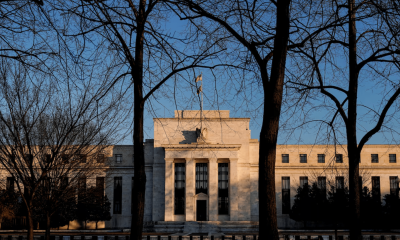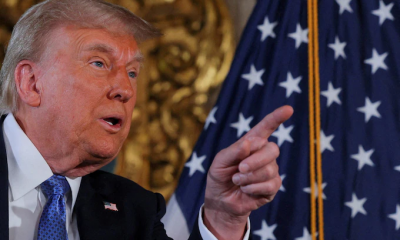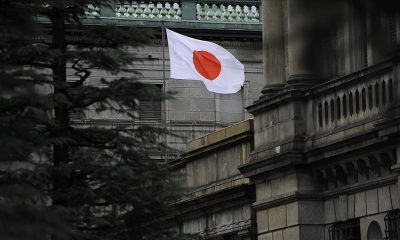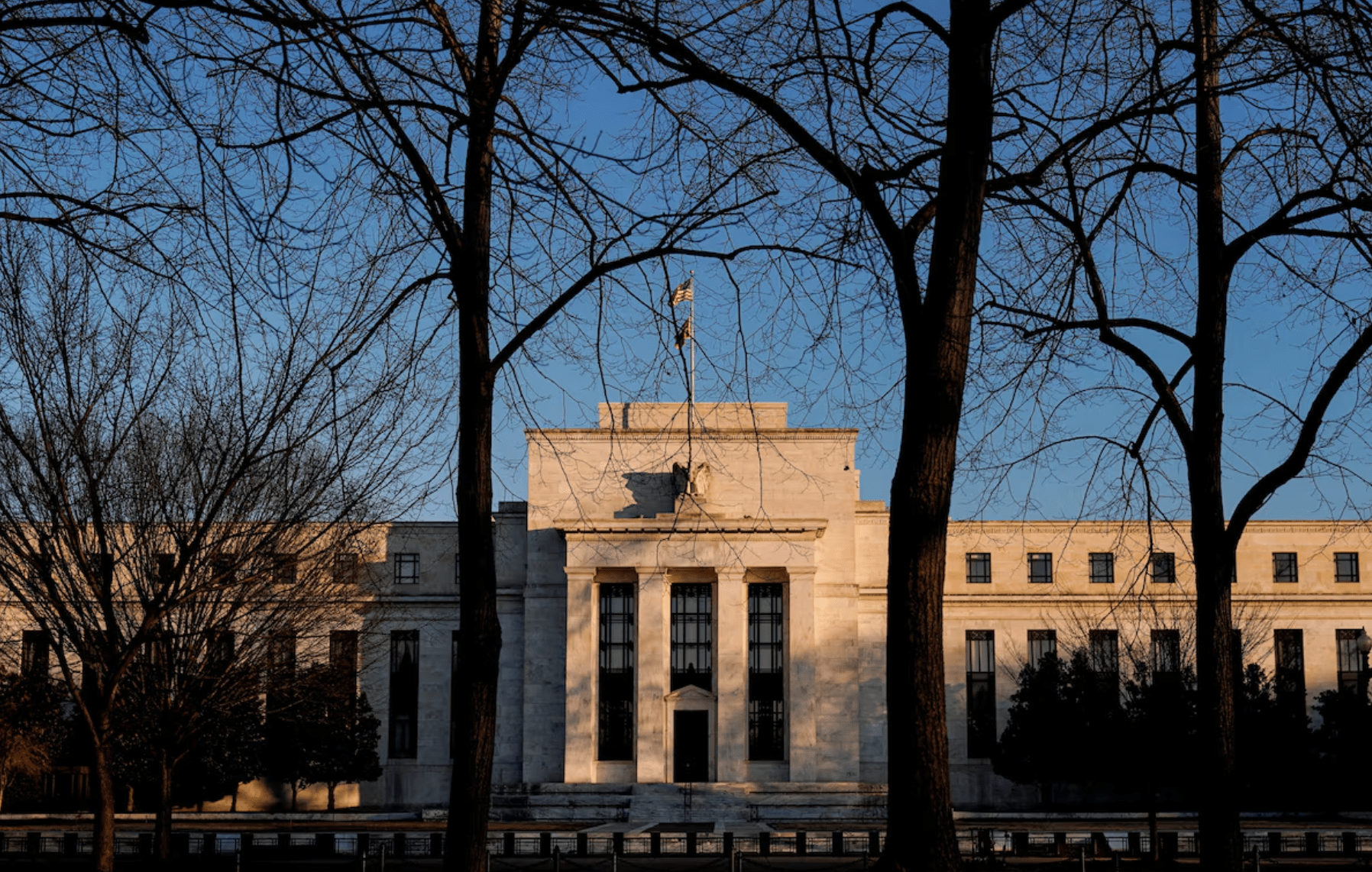Japan’s Nikkei 225 stock index started the week down 12.4%, continuing the sell-off that has rocked global markets as investors fretted over the state of the US economy.
The Nikkei closed down 4,451.28 points at 31,458.42. The broader TOPIX index fell 12.8% as selling intensified in the afternoon.
Earlier on Monday, the S&P 500 Index fell 2.4% and the Dow Jones Industrial Average fell 2.6%, turning the trading outlook on Wall Street negative.
The report, which showed that hiring by US employers slowed much more than expected last month, according to AP, shook financial markets and destroyed the euphoria that had lifted the Nikkei to an all-time high above 42,000 in recent weeks.
The Nikkei 225 fell 5.8 per cent on Friday, its worst two-day drop ever. Its worst one-day drop was on 20 October 1987, the so-called “Black Monday”, when it fell 3,836 points, or 14.9%. That Monday was grim enough, with the benchmark falling as much as 13.4% at one point.
Tokyo stocks have been falling since the Bank of Japan (BoJ) raised its key interest rate on Wednesday. The Nikkei is currently down 3.8% year-on-year.
One of the factors that prompted the BoJ to raise rates was the ongoing weakness of the Japanese yen, which has pushed inflation above the central bank’s 2% target. Early on Monday, the dollar fell to 142.59 yen from 146.45 at the end of Friday, well below levels of over 160 yen a few weeks ago. The euro also fell from $1.0923 to $1.0914.
Stocks hit highs earlier this year on the back of developments in artificial intelligence.
The recent sell-off has also hit markets dominated by computer chip makers such as Samsung Electronics and other technology stocks: South Korea’s Kospi fell more than 9 per cent on Monday as Samsung’s shares fell 11.6 per cent. The Kospi closed down 8.8 per cent at 2,441.55.Taiwan’s Taiex also lost 8.4 per cent as the world’s biggest chipmaker Taiwan Semiconductor Manufacturing Co. fell 9.8 per cent.
Hong Kong’s Hang Seng index lost 2.2% to 16,579.97 and Australia’s S&P/ASX 200 index fell 3.7% to 7,649.60.
Double whammy on Borsa Istanbul
The Shanghai Composite Index, which has been somewhat isolated from other world markets by capital controls, initially rose but then fell 1.5 per cent to 2,862.56.
The S&P 500’s 1.8 per cent drop on Friday was the first consecutive loss of at least 1 per cent since April. The Dow Jones Industrial Average fell 1.5 per cent and the Nasdaq Composite Index fell 2.4 per cent, 10 per cent below the record it set last month. Investors call a decline at these levels a “correction”.
On the Borsa Istanbul, the circuit breaker system connected to the index was activated at 09:55:22 following a 6.72 per cent drop in the morning. Then, as the decline in the index deepened, the circuit breaker was activated for the second time. The BIST 100 index fell below the critical 10,000 points.
Stocks fell sharply on Friday after weaker-than-expected US payrolls data fueled fears that high interest rates to curb inflation could drag the US economy into recession.
The VIX, an index that measures how worried investors are about an impending drop in the S&P 500, jumped nearly 26% early on Monday. Eventually, the VIX rose to 34. The VIX, which is considered Wall Street’s “fear indicator”, last reached this level in June 2020. Bitcoin, which recently soared to nearly $70,000, fell 14 per cent to $54,155.
Oil prices also fell, with US benchmark crude down 74 cents to $72.78 a barrel. Brent crude, the international standard, lost 67 cents to $76.14 a barrel.
Artificial intelligence stocks plunge
Artificial intelligence stocks fell as much as 9.6%, with Apple down 6.1%. Microsoft, Meta and Tesla also lost more than 5%.
While the largest US companies fell on Tradegate in Germany, Nvidia led the “Magnificent Seven” group in the decline of US stock index futures.
Nvidia fell as much as 17% on Tradegate, while Apple fell 10%, Microsoft 9%, Alphabet 9.6%, Amazon 9.3%, Meta 10% and Tesla 10%.
According to Bloomberg, these moves are a sign that “the air is coming out of the equity markets, driven by big gains in a small number of stocks”.
It notes that if confidence in the AI trade continues to fall on weak earnings and the US economy really takes a hit, there could be more losses to come.
However, it points out that a “window of opportunity” could open for investors, especially if central banks take action to cut interest rates, which could support sectors that benefit from low borrowing costs.
Goldman Sachs: A healthy correction
In a report, IG’s Yeap Jun Rong said investors will be watching data on the US services sector from the Institute for Supply Management on Monday, which could help determine whether the global sell-off was an overreaction.
The global rout began just days after US stock indexes had their best day in months after Federal Reserve Chairman Jerome Powell gave the clearest sign yet that inflation is slowing enough to start cutting interest rates in September.
Now there are growing concerns that the Fed may have increased the risk of recession in the world’s largest economy by keeping its key interest rate at a two-decade high for too long.
On the other hand, Christian Mueller-Glissmann of Goldman Sachs told Bloomberg that the market situation shows a “somewhat healthy correction”. He also argued that while the weakness in US data was a surprise, Goldman Sachs economists were “not that worried”.
Bets on an immediate rate cut: Will the Fed cut in a week?
The market turmoil is fuelling bets on an immediate policy response from the Fed.
Investors are currently pricing in a 60% chance of a 25bp cut within a week.
Given that the central bank announced its last decision just a few days ago, this is seen as a real sign of concern.

 EUROPE1 week ago
EUROPE1 week ago
 OPINION2 weeks ago
OPINION2 weeks ago
 OPINION1 week ago
OPINION1 week ago
 DIPLOMACY2 weeks ago
DIPLOMACY2 weeks ago
 OPINION2 weeks ago
OPINION2 weeks ago
 ASIA1 week ago
ASIA1 week ago
 MIDDLE EAST1 week ago
MIDDLE EAST1 week ago
 MIDDLE EAST2 weeks ago
MIDDLE EAST2 weeks ago





















